Holidays are some of the best times to travel to a country, because there are usually shows, activities, dances, music and typical food of the country. In fact, in many cases, in these days there are usually non-working holidays, so the celebration will be much bigger and more fun.
It will also allow you to get closer to the culture of the country, learn about the history, traditions and customs of the place.
While recreational and cultural tourism options increase, it is also necessary to know these dates, since some places may close earlier or all day, due to the fact that there is a non-working holiday.
In order to help you plan better from your suitcase to the implements you should take, we invite you to know the festivities and holidays in Peru.
Peruvian Festivities Panorama
January
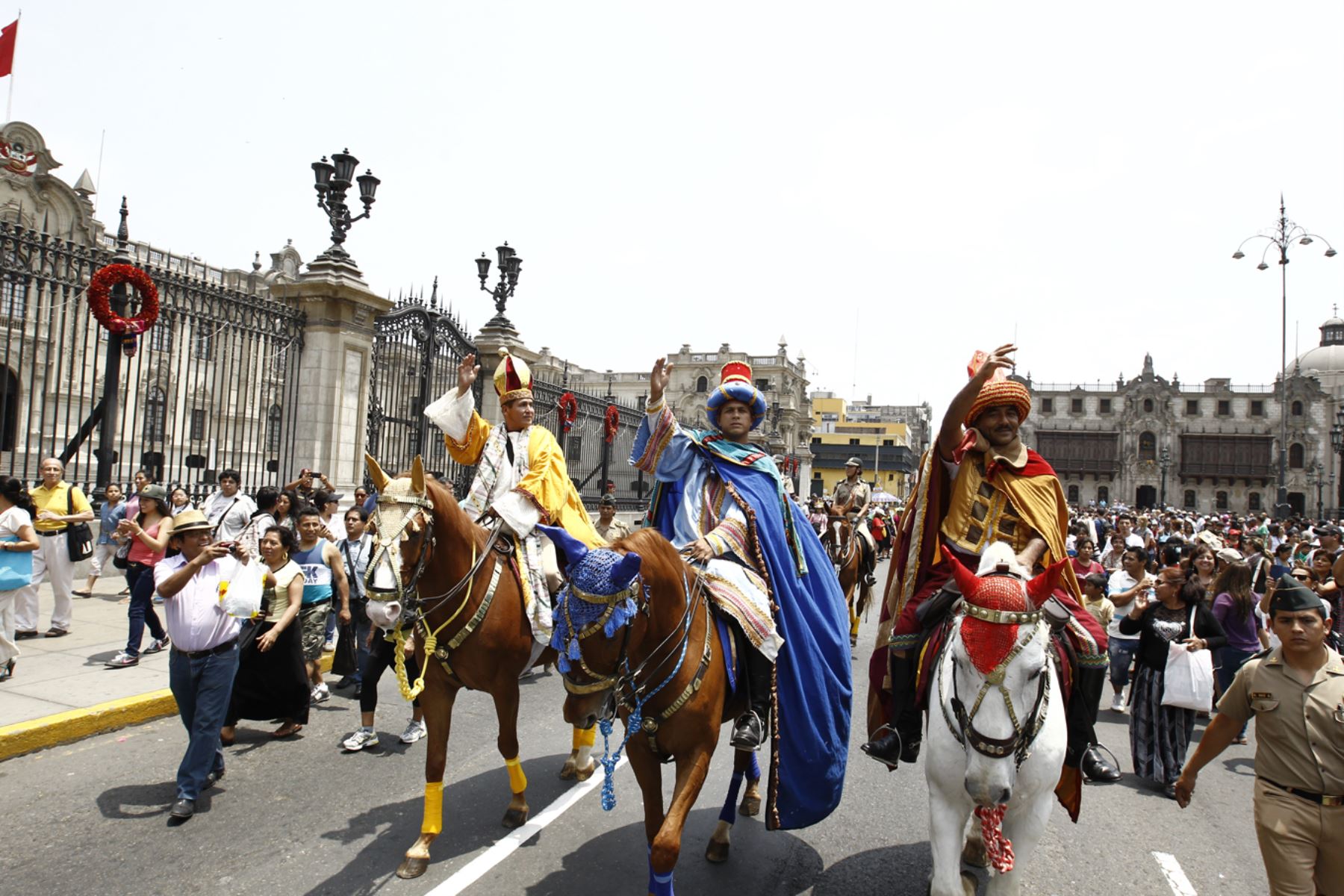
January 1st: New Year’s Day
Holiday- No need to explain much here, it’s the beginning of the year! Many use this holiday as a day to rest from the New Year’s party or to see their loved ones.
January 6: Descent of the Three Wise Men
Peru is a mostly Catholic country (75%) and this celebration has its origin in the writings of the bible. As its name says, it celebrates the arrival of the three wise men Gaspar, Melchior and Baltazar to the birth of the baby Jesus and offer him gold, frankincense and myrrh. On these dates, traditions range from keeping the nativity to activities such as traditional dances, meals and parades. In Ica, for example, they dance the dance of the negritos.
January 18: Anniversary of Lima
This holiday has to do with the day when the Spanish conquistador Francisco Pizarro founded Lima, on January 18, 1535, and called it “The City of Kings”. It was the capital of the Viceroyalty of Peru, due to the strategic location of the area, which is located on the Peruvian Coast.
September
September 3: Birthday of María Isabel Granada
Known as Chabuca Granda (1920), celebrated for her contributions to criollo and Afro-Peruvian music, as well as her literary and theatrical work.
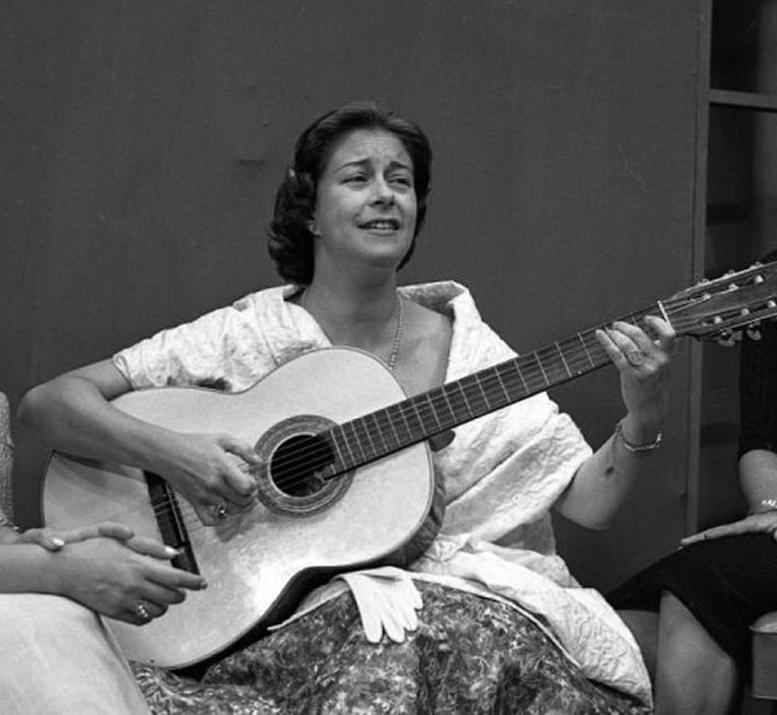
September 11
Celebration of the Day of Peruvian Cuisine and Gastronomy.
October
October 31: Halloween
This was an Irish custom that said that between the last day of October and the first day of November, the world of the living and the world of the dead come together. Later, thanks to the USA, the word “Halloween” appeared, which is the union of the words All Hallow’s Eve’, that is, the eve of the Feast of All Saints.
Although in Peru many people celebrate this holiday, especially children who dress up in costumes and go out begging for candy, it has to do with the influence of the American celebration.
November
November 1: All Saints Day
This is another Catholic celebration in which Pope Gregory III, during his tenure in the church between 731 and 741, chose November 1 for the commemoration of the lives of the saints.
February
February 14th: Valentine’s Day
This day is celebrated the day of love and friendship in Peru and in different parts of the world. You will see many couples in the restaurants (since food is never missing in Peruvian celebrations), on the boardwalks, walking with their gifts…you can really breathe love on this day.
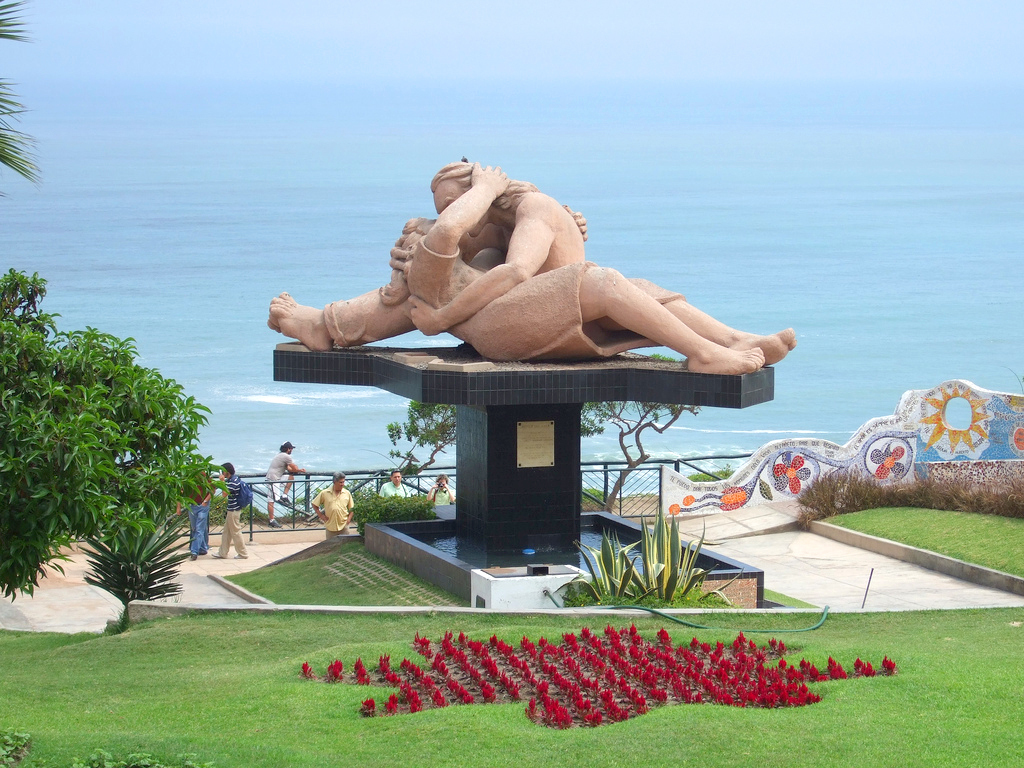
June
June 23: Feast of St. John
This celebration commemorates the patron saint of the Amazonian regions since the time of the Spaniards and the one who baptized Jesus, Saint John the Baptist. In a normal context, people go to take a “blessed bath” in the most important water fountains of each city, in addition to their dances and typical food.
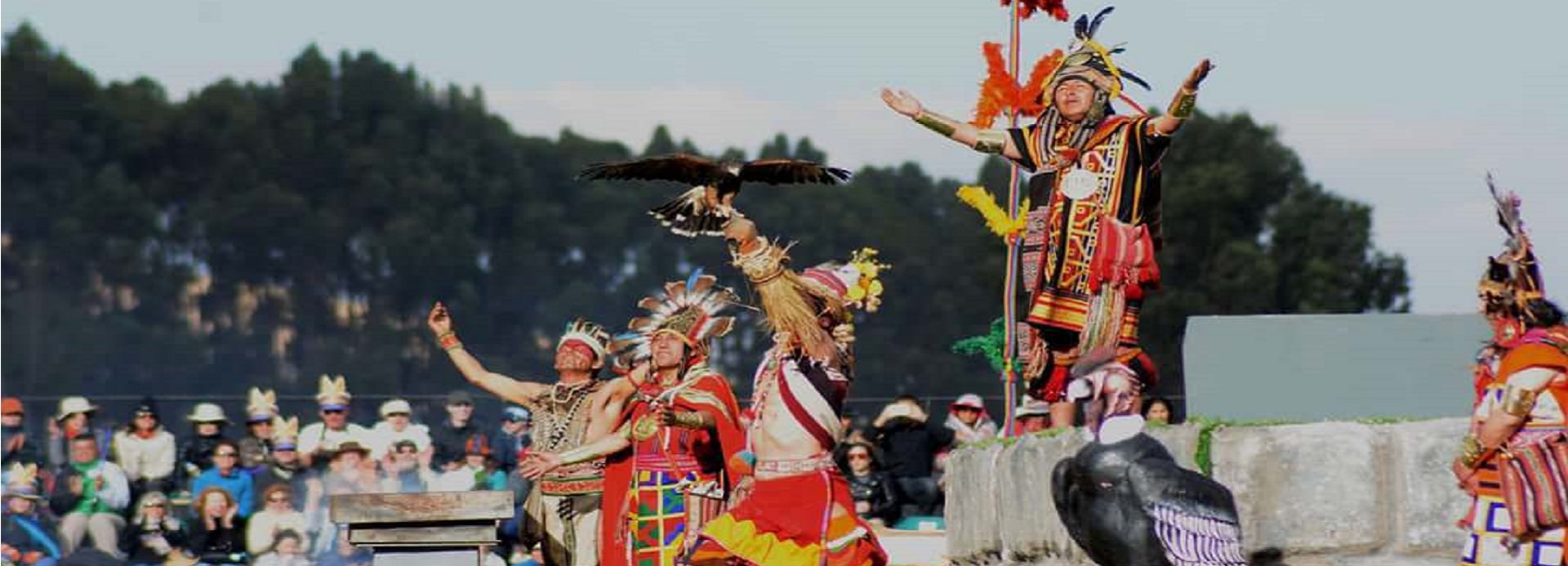
June 24: Inti Raymi
Inti Raymi means Festival of the Sun and was established by the Inca Pachacutec to honor the main divinity of the Inca empire: the Sun God. It has been celebrated since 1430. Currently, a show is performed and this begins with the sunrise in the temple of Coricancha. Then, in the Plaza de Armas of Cusco, an actor representing the Inca greets the current ruler of the imperial city: the mayor of Cusco and this represents the meeting of two eras. Finally, the attendees go to the fortress of Sacsayhuaman to witness the representation of the Inti Raymi, full of music and color.
June 24: Day of the Peasant
The “Day of the Peasant” was created during the Agrarian Reform Law on June 24, 1969. Previously called “Day of the Indian”. It is a date to celebrate their great work.
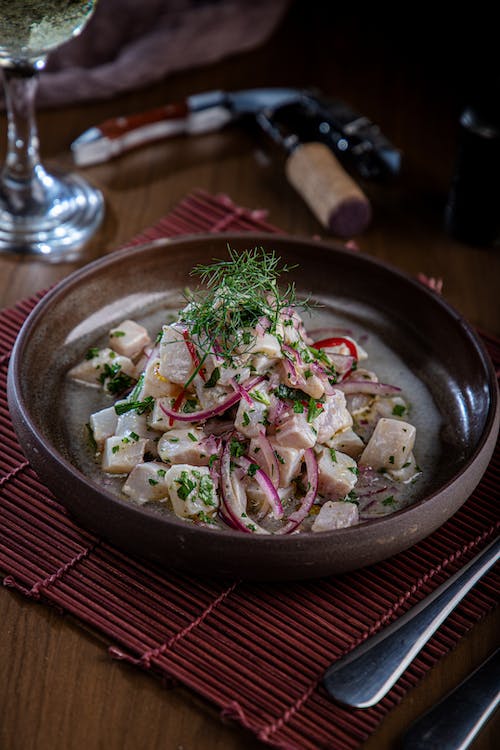
June 28th: Ceviche Day
In 2008, the Ministry of Production designated Ceviche Day to be celebrated every June 28 due to its cultural and gastronomic value.
June 29: Saint Peter and Saint Paul
This is a celebration of the Catholic Church towards the patron saints of Rome, who spread the gospel. As Peru is a Catholic country, this date is considered a holiday.
Father’s Day: Third Sunday of June
Thanks to the establishment of Father’s Day in the United States, many Latin American countries, including Peru, established that the third Sunday of June would be celebrated on this date.
March
March 8: Women’s Day
In Peru, this commemoration began in 1983 with the “Canto a la Vida” Festival, in the city of Lima. The State joined the celebration in 1996 through the MIMP.
April
Holy Thursday, Good Friday and Easter Sunday
This is the beginning of an important week more than anything else for religious people, in which they celebrate the passion of Christ. The dates are not exact every year, since it has to do with the lunar calendar, so it is always good to consult before. On these dates meat is not eaten. On the other hand, being a long holiday, many people take advantage of it to make national and international trips or to relax.
July
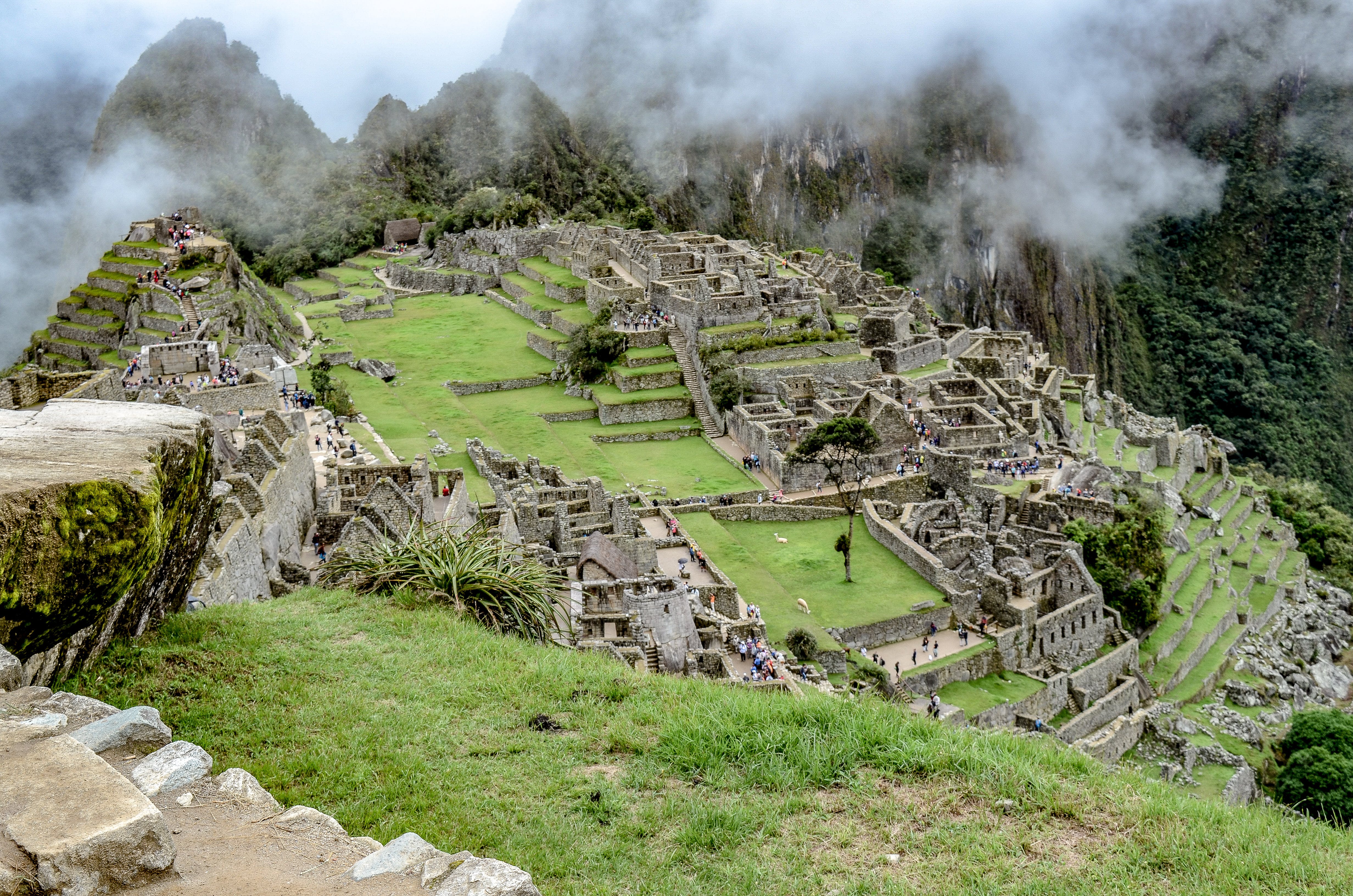
July 7: Machu Picchu Discovery Day
This day celebrates that on July 24, 1911, the world learned about the Inca city of Machu Picchu. On that day the American explorer Hiram Bingham “discovered” the Inca monument located on the heights of the mountain of the same name, in Urubamba, Cusco.
July 28th: Independence Day
This day celebrates that on July 28, 1821, the general of the Argentinean Army José de San Martín, as part of his liberating expedition, proclaimed the independence of Peru in the Plaza de Armas in Lima, ending almost three centuries of viceroyalty, that is, the end of the Spanish colony. In addition, every 5 years, this is the date of the change of command (president).
July 29th: Independence Day
Day off - July 29 is the day of the parade or military parade, in which the armed forces and police participate exhibiting their land and air equipment.
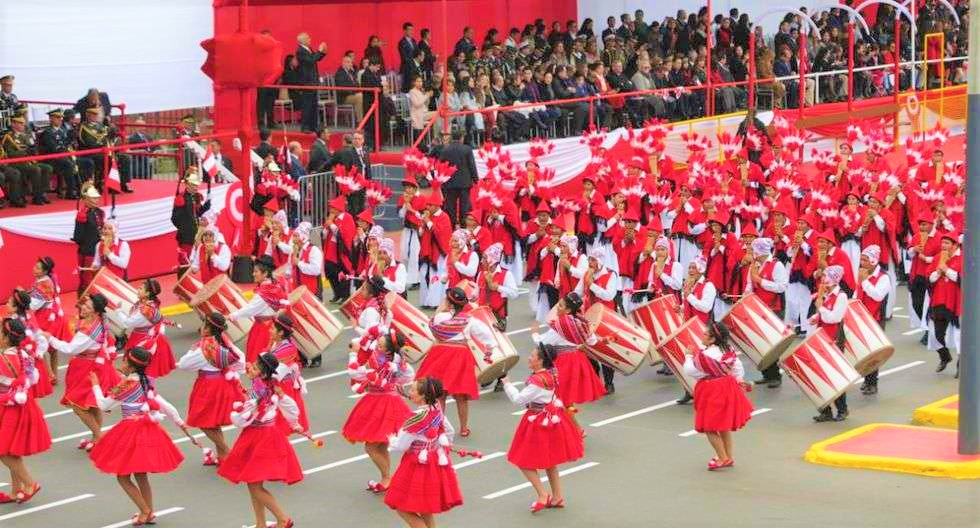
What are some major traditional festivals celebrated in Peru?
Peru is known for its vibrant festivals. Some major ones include Inti Raymi (Festival of the Sun), Corpus Christi, and Fiestas Patrias (Independence Day).
When does Inti Raymi take place, and what does it celebrate??
Inti Raymi is celebrated on June 24th, marking the Inca Festival of the Sun. It's a homage to Inti, the sun god, with colorful processions and ceremonies.
How is Corpus Christi celebrated in Peru?
Corpus Christi is marked by grand processions, especially in Cusco. It involves religious ceremonies, traditional dances, and vibrant displays of art and culture.
What happens during Fiestas Patrias (Independence Day) in Peru?
Fiestas Patrias takes place on July 28th and 29th. It commemorates Peru's independence from Spanish rule and includes parades, music, dance, and traditional Peruvian cuisine.
Are there any unique regional festivals in Peru?
Inti Raymi is celebrated on June 24th, marking the Inca Festival of the Sun. It's a homage to Inti, the sun god, with colorful processions and ceremonies.
How can tourists participate in Peruvian festivals?
Tourists can join in by attending public events, watching parades, enjoying traditional music and dance, and sampling local foods. It's a great way to experience Peru's rich cultural heritage.
What are some typical foods served during Peruvian festivals?
Festival foods include tamales, anticuchos (grilled skewers), ceviche, and various regional specialties. Pisco, a traditional Peruvian brandy, is often featured in celebrations.
May
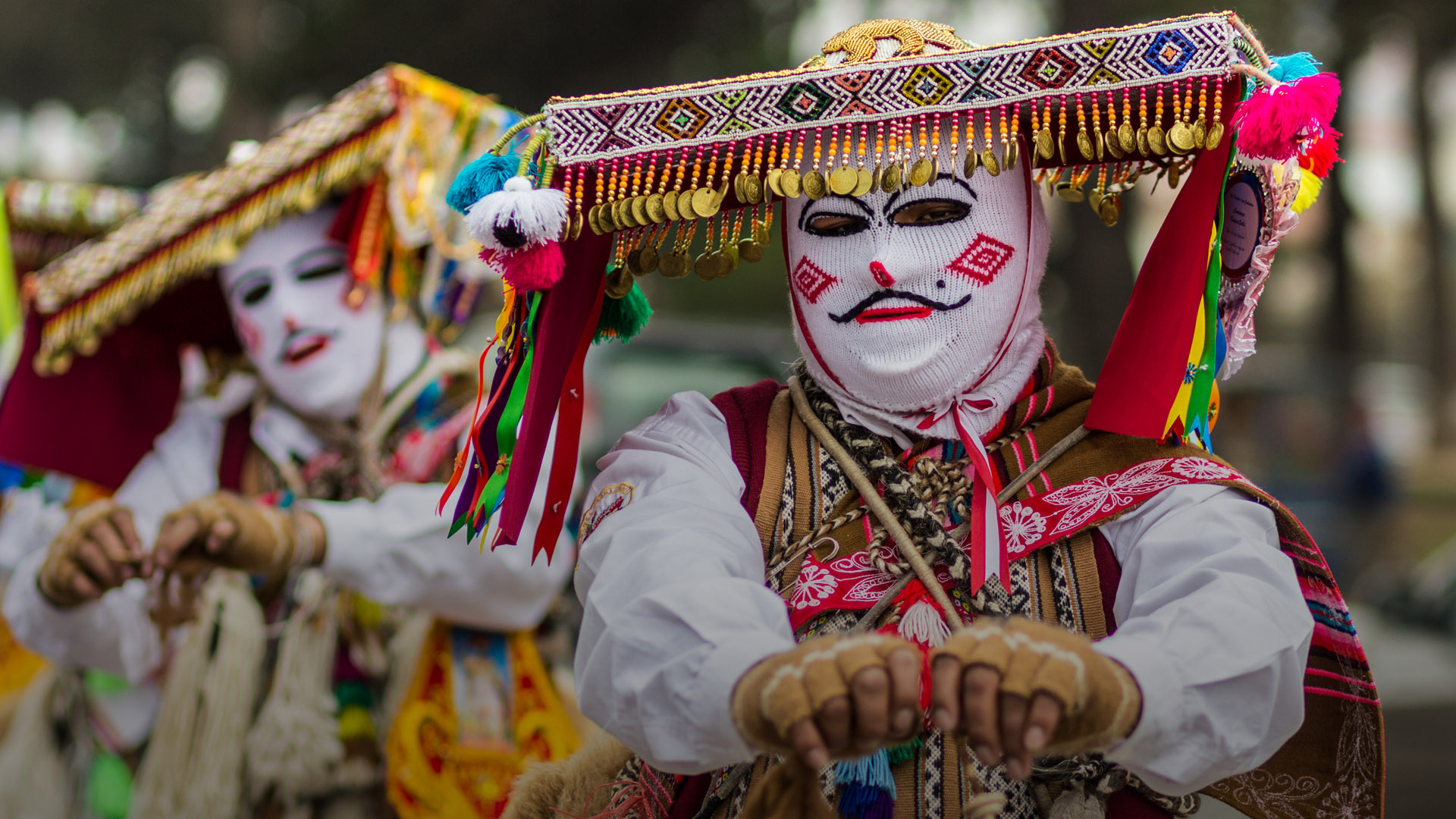
May 1st: Labor Day
This is an international holiday in commemoration of the events that took place in Chicago, United States, in search of respect for workers’ rights. On this day, depending on the industry, businesses are closed.
Mother’s Day: Second Sunday of May
A group of students from San Marcos University had the idea of also paying tribute to the mother, as in other countries and cultures. The Peruvian society supported the intention of the promoters and since 1924, the second Sunday of May is officially Mother’s Day in Peru.
May 30th: Corpus Christi
During this celebration, solemn processions take place, carrying the Blessed Sacrament in procession – the consecrated host representing the body of Christ. The Corpus Christi processions are a moment of profound devotion and joy for Catholic believers.
August
August 30: Santa Rosa de Lima
Saint Rose of Lima was the first woman in the American continent to be declared a saint. Although her death was on August 24, the 30th was added as a celebration, being the closest day to the anniversary of her death.
December
December 8: Immaculate Conception
Holiday- The Day of the Immaculate Conception of Mary was formally declared on December 8, 1854 by the then Pope in office, Pio Nono, who after receiving petitions from different universities around the world, gathered in St. Peter’s Basilica.
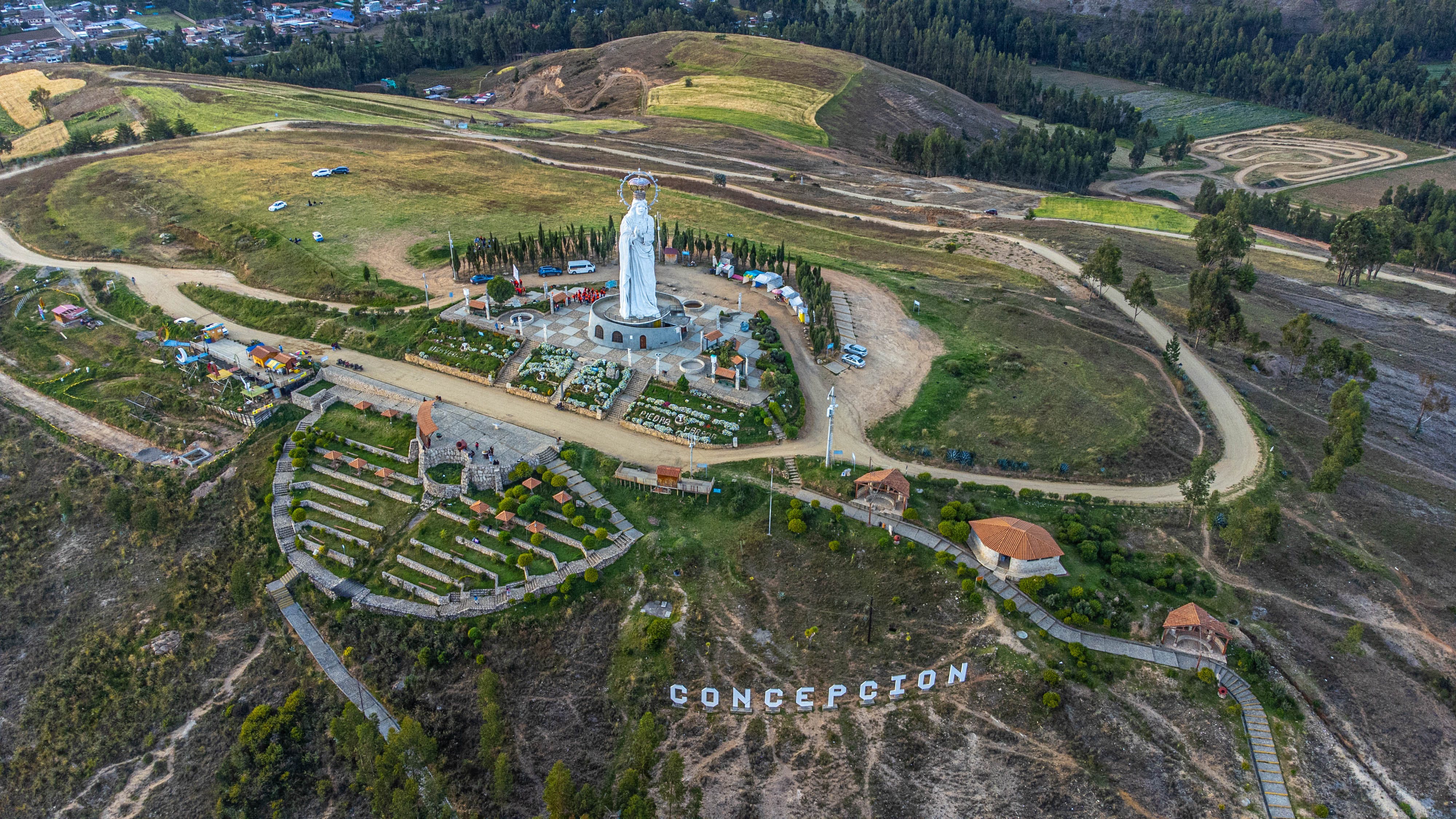
December 9: Battle of Ayacucho
Holiday- This is a new holiday enacted on 12/31/21 that commemorates the Battle of Ayacucho, which took place on December 9, 1824 and consolidated the independence of Peru.
December 24: Christmas Eve
Unlike other countries where they celebrate only on the 25th, peruvians celebrate Christmas Eve on December 24th, when the birth of the baby Jesus is awaited and Christmas dinner is eaten. For this, Christmas trees are assembled, delicious typical foods are prepared and a representation of the nativity scene is staged. In Cuzco, on this day you have the Santuratikuy, which is a fair where saints are bought every year as a tradition.
December 25: Christmas
Feriado- On this day, we celebrate the birth of the child Jesus and many gather to have lunch with the family.
December 31st: New Year’s Eve
As in most countries around the world, on this day people celebrate the end of the year and have parties, dinners and trips to welcome the new year in the best way!
Thank you for reading!
Please, follow us on Facebook and Instagram, click on the following icons:
And If you liked the article, you are very welcome to share it on your social media.
